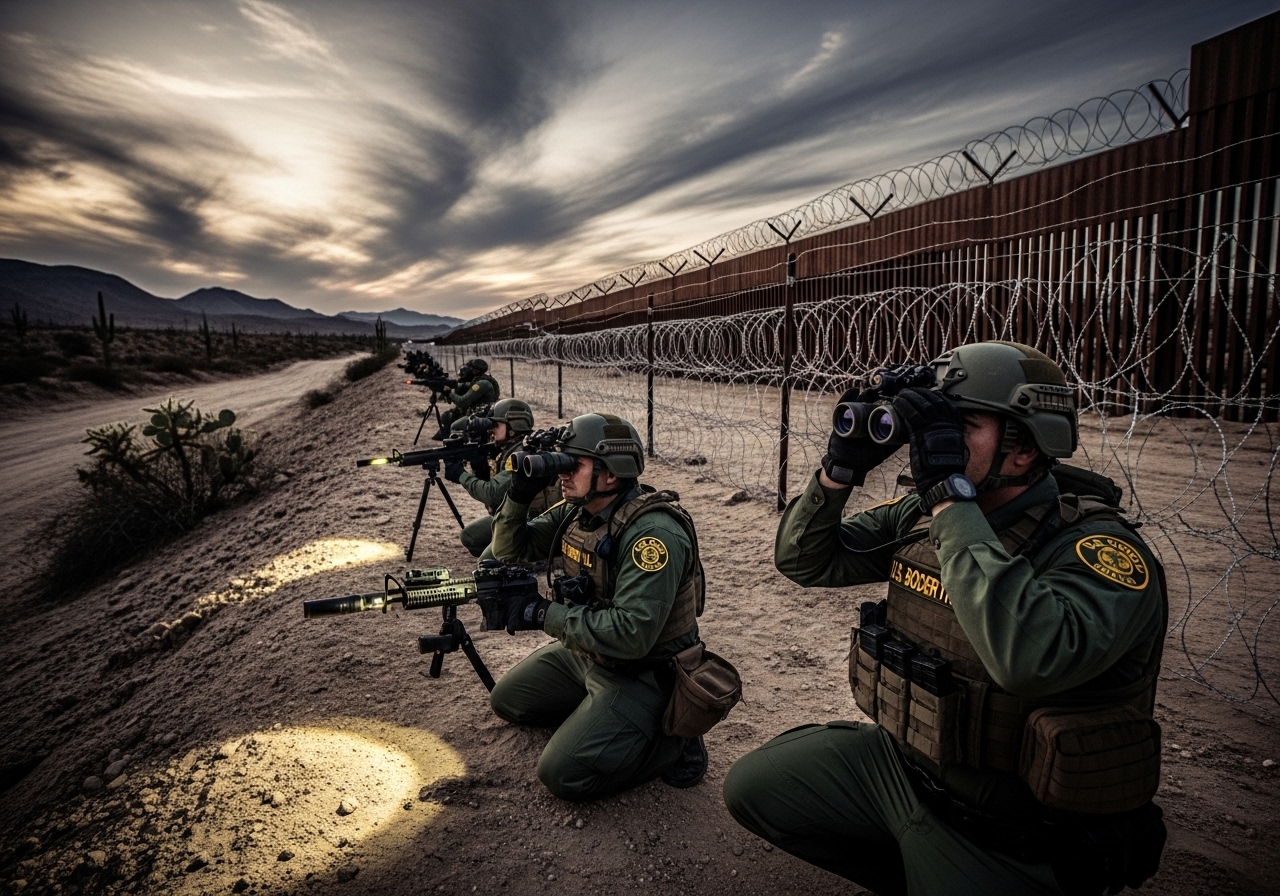After the Biden administration started the unprecedented withdrawals, experts informed Bloomberg News that it was going to be a “very slow process” and “may take decades” to replenish its strategic petroleum reserve.
According to Politico, the SPR, which former President Ford (R) created in 1975, is presently at a 40-year low since the Biden administration mandated the release of over 211 million barrels of oil during 2022.
The SPR dropped to its lowest point since 1983 as a result of the release, which was intended to avert a spike in oil prices in response to Russia’s takeover of Ukraine.
According to Bloomberg, the reserve has an overall storage capacity of 714 million barrels, but it is only storing 346.8 million barrels at the moment, which is the same as 18 days’ worth of supply.
While 180 million barrels were sold under the Biden presidency in just six months, analysts estimate that it may take “decades” to replenish. The size of the issued release was roughly five times that of the earlier release.
Refilling the stocks would take years, according to John Shages, a former Department of Energy SPR manager, who spoke to Bloomberg.
“Even if you had the funds and the infrastructure and equipment are in good condition, the procedure would be extremely slow,” according to Shages. “It might take a long time.”
It would take the purchase of 300 million barrels to restock the reserves, which are currently half-empty in subterranean salt domes.
Oil prices have dramatically risen over time, making the refilling procedures costly and time-consuming. According to Bloomberg, the average price of oil in the reserve was around $29.70 per barrel, but the price now would be over $75.
Jennifer Granholm, the energy secretary under the Biden administration, promised to restock the SPR, but the government has recognized it is unlikely to happen soon.
House and Senate Republicans asked for an audit of the DOE’s SPR management in a letter to the government watchdog, the Government Accountability Office, in May.
The drawdowns might have “damaged the SPR’s pipelines and caverns structurally, impairing its ability to fulfill its energy safety mission in the case of an actual source of energy disruption,” the congressmen worried.
The letter said that “DOE’s mishandling of the SPR has compromised America’s energy security, making the country more vulnerable to interruptions in its supply of energy and enhancing the ability of Russia and OPEC to utilize energy as an effective geopolitical weapon. With no convincing strategy to restock the stockpile, DOE oversaw the greatest SPR depletion in history, selling over 250 million barrels, or 42% of the reserve. For the ideal size, configuration, upkeep, and operational capacity of the reserve, DOE has not established long-term plans.”





